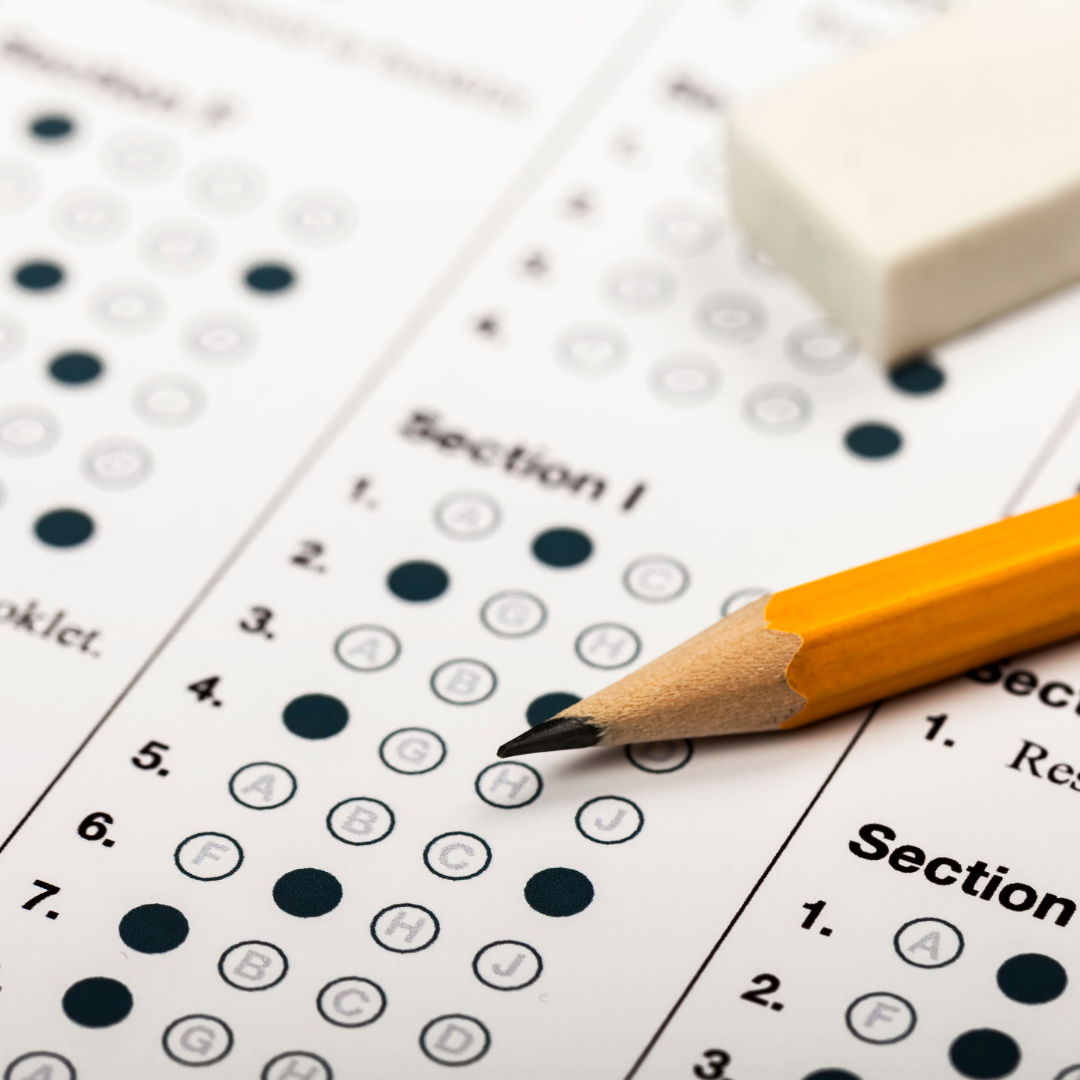

Brown applicants with an 800 on SAT Reading are 33% more likely to be admitted than applicants with 750-790 (20% vs 15%).Brown applicants with an 800 on SAT Reading are 14% more likely to be admitted than applicants with 750-790 (16% vs 14%).Brown applicants with an 800 on SAT Reading are 53% more likely to be admitted than applicants with 750-790 (23% vs 15%).The following is Brown University's Class of 2020 (source here): Stanford applicants with an 800 on SAT Writing are 63% more likely to be admitted than applicants with 700-790 (13% vs 8%).Stanford applicants with an 800 on SAT Math are 14% more likely to be admitted than applicants with 700-790 (8% vs 7%).Stanford applicants with an 800 on SAT Reading are 71% more likely to be admitted than applicants with 700-790 (12% vs 7%).Here's Stanford's Class of 2020 (source here): If higher scores are always better, then wouldn't this contradict our first rule above? We'll get to that. A Better Score Always Betters Your ChancesĪccording to the admissions statistics at top-tier universities, higher scores are strongly correlated with higher admit rates. Once you have a 1530+ (~34 on the ACT), the attention of the admissions officers shifts to the rest of your application. At that level, the curve is so sensitive that one or two questions can mean the difference between a lower score and a higher one. You would be doing yourself a disservice by retaking a score this high, not only because it would be a waste of your valuable time but also because you'd be putting yourself in serious danger of scoring lower. A 1530+ is in the upper end of that range. To use Harvard as an example, the 25th percentile for admitted students on the SAT is about 1470 the 75th percentile is about 1570.

Scoring in the top 1% is more than enough for any university out there, including the Ivy League. Therefore, the top 1% scored at least a 1530. So if you scored a 1520, 99% of the students scored the same or lower.

A student's percentile represents the percentage of students whose score is equal to or lower than his or her score. The Nationally Representative Sample is pretty meaningless. The SAT User Percentiles are what matter since they're based on the actual scores of students. If you score a 1530+, you are in the top 1% of all test takers (based on 2017 numbers). But before we get to assessing your situation, there are some general guidelines to consider. There's a variety of factors to consider, and the decision to retake ultimately depends on your unique situation, so I'm simply going to walk you through the decision process I use with my own students and through that, you'll hopefully be able to make your own judgment. This post will help you figure out whether you should retake the SAT, whether you were disappointed the first time or simply feel you could do a lot better the second time around.


 0 kommentar(er)
0 kommentar(er)
